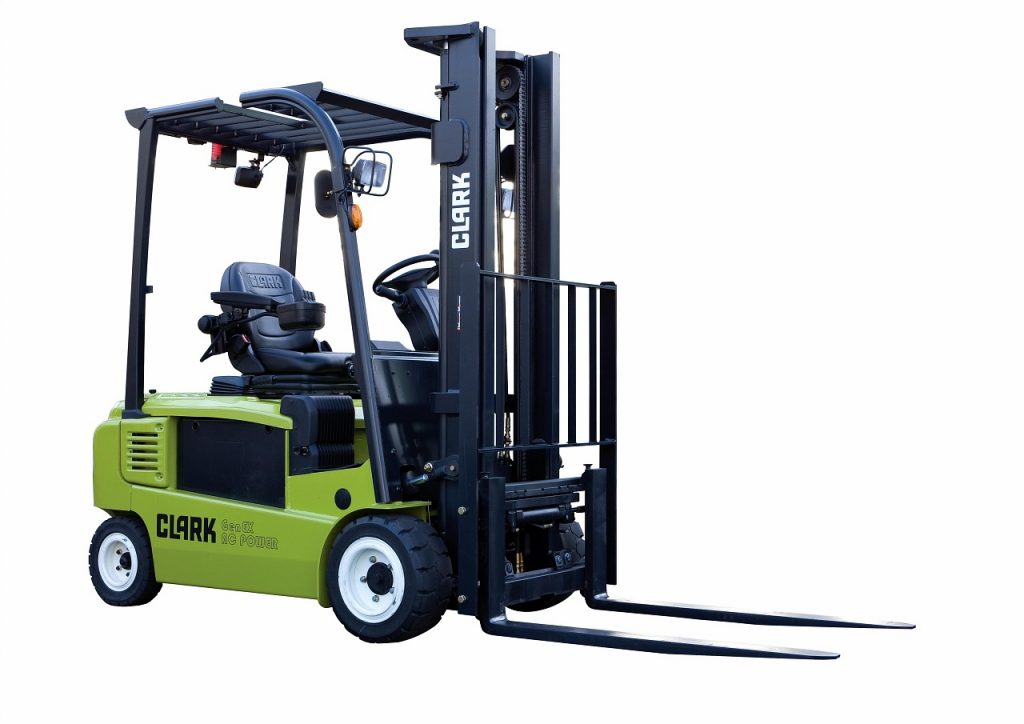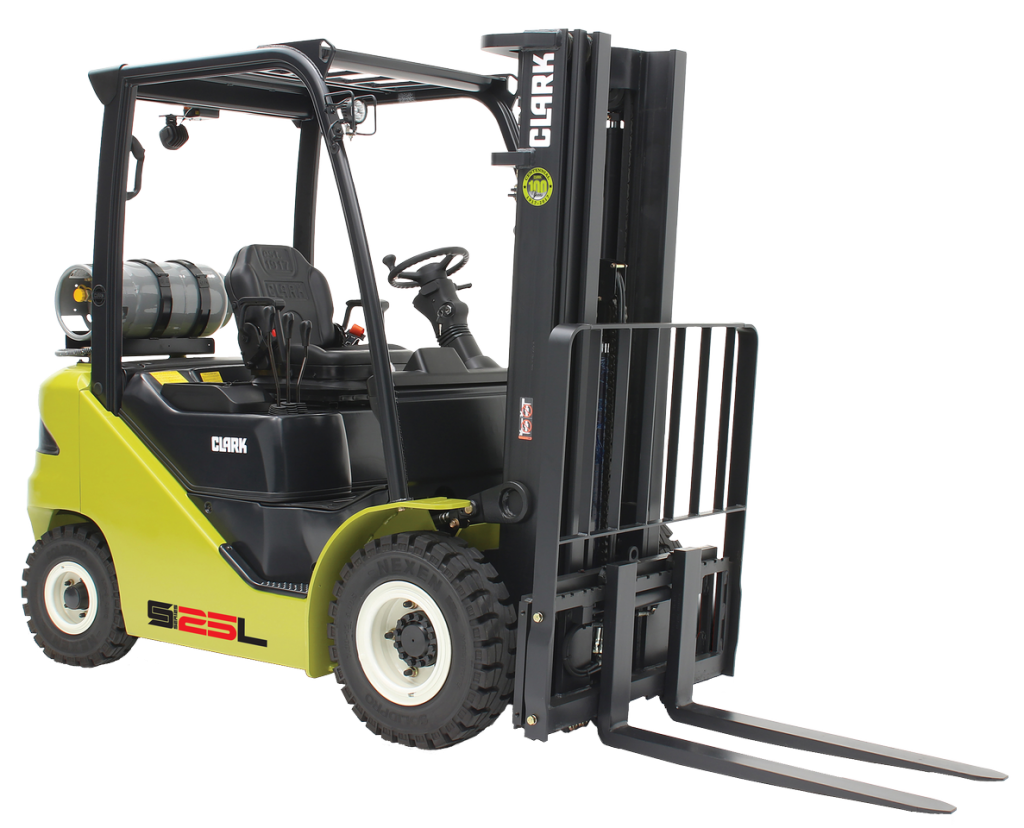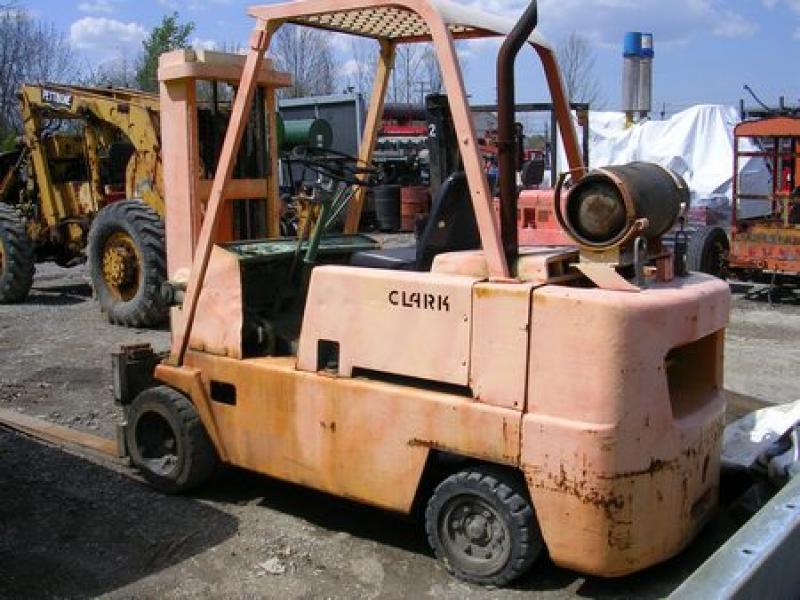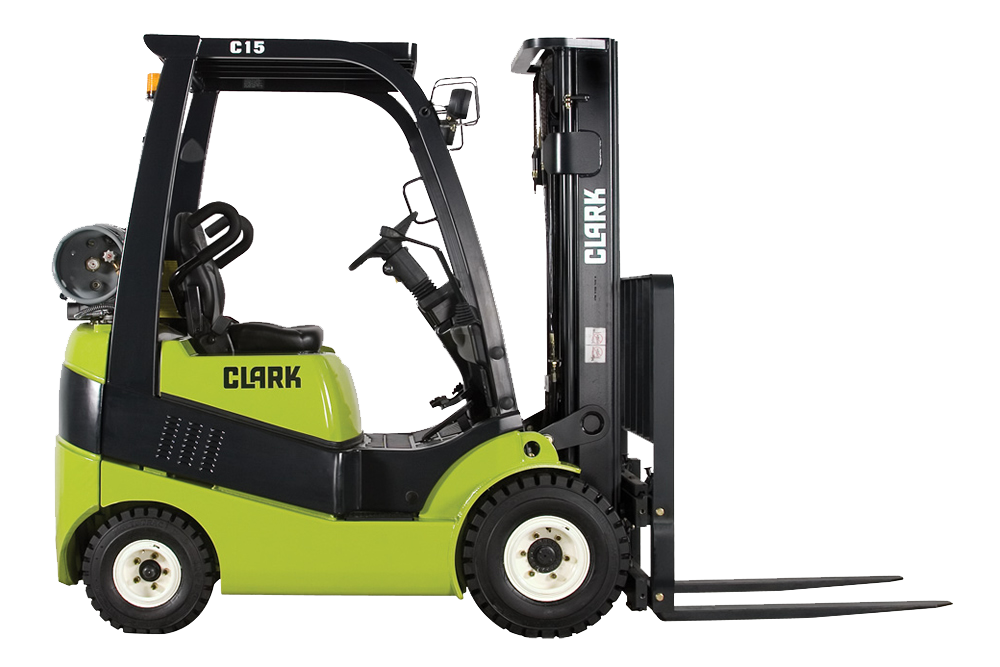
Clark Forklift: Celebrating Its 100 Years
February 21, 2018
In the Philippines, generator set and other material handling equipment are nothing new. After all, there are construction and industrial works virtually everywhere—projects where these machineries would come in handy.
An equipment that’s used in a variety of manufacturing and engineering applications is a forklift. It’s a small vehicle with a platform attached in front—this forked platform is used for hoisting, lowering, or moving around cargo. Aside from construction, a forklift is also used in manufacturing, warehouses, and massive storage facilities.
And 2017 was a momentous year for forklifts. It was, after all, the centennial anniversary of the invention of the forklift.
That is, a hundred years ago, the Clark Company released the first ever forklift in the market.
This post will chronicle the relevant events that transpired during these years.
1917
The Clark Company, an American manufacturer of axles, fashioned a truck called the Tructractor. This was a response to their need for an equipment that could help them move cargo around the factory.
Eventually, more and more people visited their plant and they witnessed first hand the wonders of the Tructractor. Soon, they placed orders from Clark to have their own Tructractors built for their companies

1919
The Clark Tructractor Company was formed in Buchanan, Michigan. It was a division under the Clark Equipment Company.
Today, there’s Clark Material Handling Company, which stemmed from the Clark Tructractor Company.
This year, Clark plunged into the export market and shipped a Tructractor to France.
1922
Truclift, the world’s first internal combustion lift truck, was introduced in the market. It utilized hydraulics instead of mechanical gears to lift cargo.
1923
The Duat tow tractor was developed. It was designed to pull trailer loads of lumber and industrial materials.
1924
The Duat tow tractor was modified. That is, it had a tiering attachment on its front. This new version became the world’s first internal combustion forklift truck.
1926
The Clarktor tow tractor was launched. It had drawbar pull ratings of 2000 and 2600 pounds, thereby replacing the Duat, which only had a drawbar pull rating of 1500 pounds. It was used to pull trailers.
1927
The Clarktor tow tractor was used to lug airplanes and warehouse trailer trains. It had a built-in electric self-starter, which made it the first industrial truck to have this sort of feature.
1928
The Tructier was introduced. It utilized hydraulics—not cables—to hoist a load.
1938
The Carloader, the world’s first modern short-coupled internal combustion forklift truck, emerged in the market. This was mass-produced and was usually replicated by other manufacturers.

Source: proengine.com
1939
The Utilitruc was developed. It was a heavy-duty internal combustion forklift that was primarily used in metal fabrication and stevedoring industries.
1941
Clark Company produced the Clipper. It became the standard model for the internal combustion forklift trucks.
1941-1945
During these years, Clark was responsible for the production of almost 90 percent of the military prerequisites for forklift trucks and tow tractors.
The Clark forklift trucks became so predominant that the words “Clark” and “forklift” almost became synonymous.
1946
The Yardlift 40 was produced, and it was the dawn of the Yardlift line. It was designed for both inside and outside use in manufacturing and shipping plants.
1948
The Innovative Dynatork Drive was introduced. It featured an electromagnetic transmission.
1950
During this year, Clark Equipment began shipping forklift trucks to Europe.
1951
The Hydrolift and Electrolift pallet trucks were introduced. Hydrolift used internal combustion, while Electrolift was electric.
1956
The Clarklift line was finally introduced. This was composed of forklift trucks that had internal combustion or were electric-powered.
1964
Clark’s forklift trucks now had backrests and overhead guards installed in them.
1972
Clark released the market’s first dual voltage electric trucks.
1976
Clark built its 500,000th truck, which was an internal combustion four-wheeler forklift truck. This truck is functional until now.

1981
New four-wheeled electric trucks were released. They were developed to ensure enhanced reliability and productivity.
1983
Clark unveiled its safety seat retrofit program. This was fashioned with the safety of the forklift operators in mind.
1990
Clark released the “Employer’s Guide to Material Handling Safety.”
1991
The Clark forklift now had a compressed natural gas fuel option.
1997
Clark’s one-millionth forklift truck was manufactured.
2001
The Clark Gen2 Series was introduced. It had capacities of 4000 to 6500 pounds, and could come with cushion or pneumatic tires.
2006
Electric forklift trucks underwent yet another upgrade. It now boasted seamless maneuverability and impeccable performance.
2017
A hundred years later, Clark forklifts are still up and running. They have undergone myriads of developments and innovations—all geared towards top-notch quality, efficiency, and minimizing cost.
There are now several forklifts available, all with different specifications, which ensures that you can find the forklift that will suit your needs.
Lastly, Clark’s material handling services have expanded enormously, and today, there are approximately 350,000 Clark forklifts available across the globe.
Key Takeaway
When it comes to manufacturing and construction equipment in the Philippines, generator sets might be one of the most familiar names, even for those who don’t work in this field. There’s also another machine that has made the lives of humans easy for years and years—the forklift truck.
In fact, it has recently surpassed its hundredth year, which makes it the perfect time to examine the company that started it all—the Clark Company.